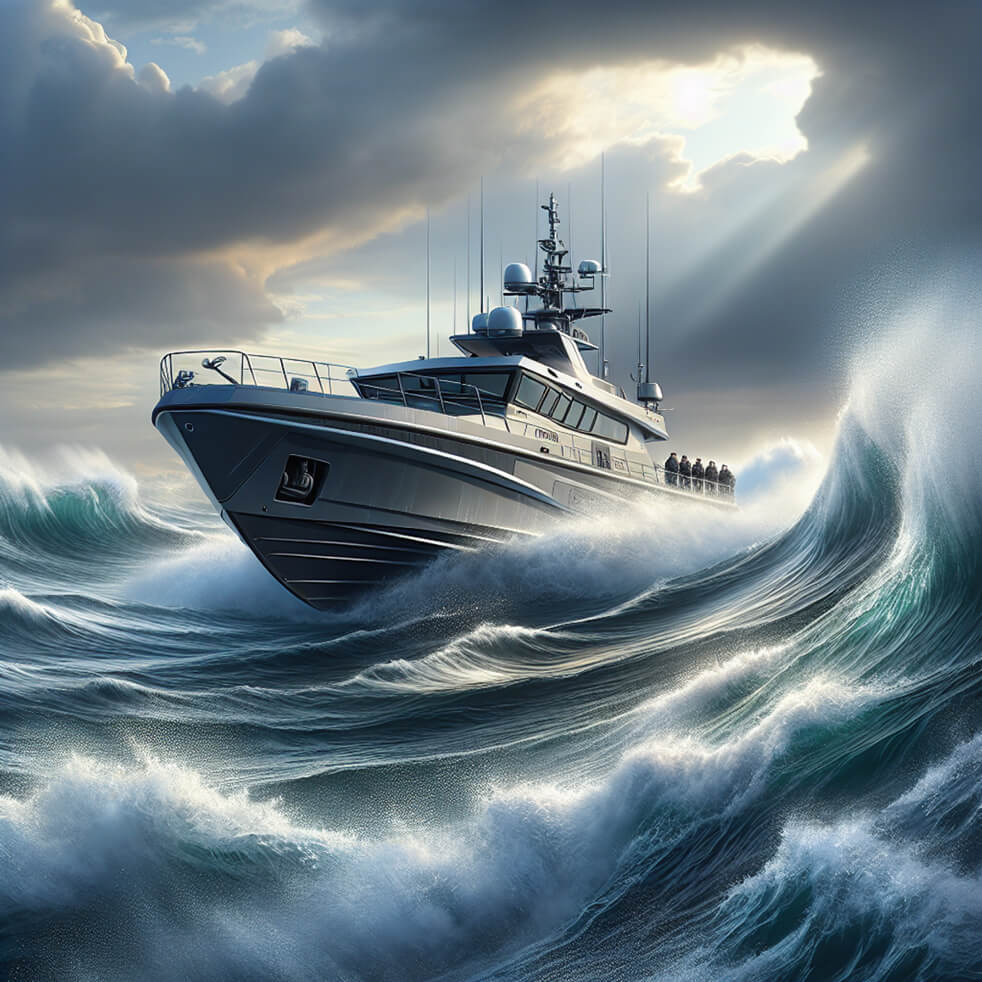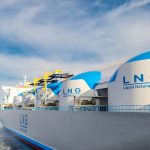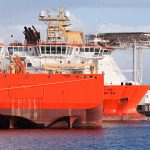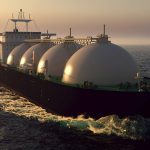

Patrol Boats Through the Ages: An Exploration of Design Evolution and Operational Significance
Introduction
A patrol boat is a vital naval asset designed for patrolling, law enforcement, and search and rescue missions in various maritime environments. These vessels play a crucial role in maintaining maritime security and upholding the rule of law at sea.
In this article, we will explore the design evolution and operational significance of patrol boats through the ages. By delving into their early use and development, different types, key design features, propulsion systems, support capabilities, notable classes around the world, and future trends in technology, we aim to provide a comprehensive understanding of these versatile vessels.
We’ll start by looking at the historical significance of patrol boats and how they have evolved over time to meet changing needs. Then we’ll examine the various types of patrol boats and their specific roles and capabilities. Next, we’ll dive into the key design features that make patrol boats effective in their missions. After that, we’ll discuss the different propulsion systems used in patrol boats and how they impact performance. We’ll also touch on the support capabilities that enhance the effectiveness of patrol boats in their operations.
Throughout this article, we’ll highlight notable classes of patrol boats from around the world to showcase the diversity and innovation in their designs. Finally, we’ll explore future trends in patrol boat technology and how they may shape the capabilities of these vessels in years to come.
Join us as we embark on a journey through the history, design, and future of patrol boats, uncovering their essential role in safeguarding our waters and promoting safety at sea.
Early Use and Development
The history of patrol boats dates back to ancient times, where they were used for various purposes related to maritime security and law enforcement. Here are some key points to consider:
Inception of Patrol Boats
The concept of using smaller vessels for patrolling and guarding coastal waters can be traced back to early naval civilizations such as the Greeks and Romans. These vessels were essential for maintaining control over trade routes, protecting harbors, and defending against potential invasions.
Role of Patrol Boats in early Naval Battles
Patrol boats played a crucial role in providing reconnaissance, intercepting enemy vessels, and launching surprise attacks during naval conflicts. Their agility and speed made them valuable assets in strategic maneuvering and tactical operations.
Development of patrol boat concept for law enforcement and search and rescue missions
Over time, the role of patrol boats expanded to include law enforcement duties such as combating piracy, smuggling, and illegal fishing activities. Additionally, their versatility made them ideal for conducting search and rescue missions in coastal areas and inland waterways.
The evolution of patrol boats reflects the changing needs of maritime security and the increasing demand for versatile vessels capable of operating in diverse environments.
Different Types of Patrol Boats
The classification of patrol boats is based on their intended use and range, with inshore patrol vessels (IPVs) and offshore patrol vessels (OPVs) being the two primary types.
Inshore Patrol Vessels (IPVs)
IPVs are designed for operations close to shore or in shallow waters, making them suitable for law enforcement, search and rescue, and border patrol in coastal areas. Key characteristics of IPVs include a smaller size, shallower draft, and maneuverability for operating in confined spaces. An example of an IPV is the Damen Stan Patrol 4207 used by various coast guard and naval forces.
Offshore Patrol Vessels (OPVs)
OPVs are larger vessels capable of operating further from shore and in deeper waters, providing extended endurance and range for longer missions. These vessels often have enhanced seakeeping abilities and are equipped with more advanced sensor and communication systems. The US Coast Guard’s Legend-class National Security Cutter is an example of a modern OPV designed for long-range patrols and maritime security missions.
Key Design Features
The design of patrol boats is crucial to their operational effectiveness, with key features such as armaments and sensors playing a vital role in fulfilling their maritime security functions. Here are the essential talking points for this section:
Importance of well-equipped armaments and sensors on board patrol boats
Patrol boats require a combination of offensive and defensive armaments to effectively carry out their missions. Additionally, advanced sensor systems are essential for surveillance, target acquisition, and navigation.
Common types of armaments used for offense and defense
Armaments on patrol boats often include mounted machine guns, automatic cannons, and surface-to-surface missiles for offensive capabilities. For defense, they may be equipped with decoy systems, close-in weapon systems (CIWS), and electronic warfare suites.
Role of sensors in surveillance, targeting, and navigation
Sensor technologies such as radar, electro-optical/infrared (EO/IR) cameras, and sonar play a critical role in enabling patrol boats to detect and track potential threats, conduct search and rescue operations, and navigate safely in various environmental conditions.
These design features are integral to the overall effectiveness of patrol boats in fulfilling their diverse operational requirements.
Propulsion Systems: Powering Patrol Boats Forward
Patrol boats have undergone significant advancements in propulsion systems, shaping their operational capabilities and effectiveness in various maritime missions. The evolution of propulsion systems in patrol boat design has been instrumental in enhancing their performance and versatility.
Evolution of Propulsion Systems
Most Patrol boats use either Propeller Propulsion or waterjet propulsion systems. As for their drive, the dominance of diesel engines has been a hallmark of patrol boat propulsion, offering exceptional efficiency and long-range operational capabilities. Diesel engines provide the necessary power for extended patrols and are well-suited for diverse environmental conditions, making them a reliable choice for patrol boats across different regions.
Potential of Gas Turbines
In recent years, there has been a growing exploration of gas turbines as an alternative propulsion system for patrol boats, particularly for high-speed pursuits and rapid response scenarios. Gas turbines offer the advantage of achieving remarkable speeds, enabling patrol boats to swiftly intercept and address potential threats in dynamic maritime environments.
By embracing these advancements in propulsion technology, patrol boats are equipped to fulfill their crucial roles with enhanced speed, endurance, and agility, ensuring effective enforcement of maritime security and law enforcement operations.
Supporting Larger Operations
Patrol boats play a crucial role in supporting larger naval forces during combat situations or humanitarian missions. These versatile vessels provide valuable assistance in various capacities, including:
Surveillance and reconnaissance
Patrol boats are equipped with advanced sensors and surveillance systems that enable them to gather crucial intelligence and monitor the surrounding area. This information is vital for larger naval vessels to plan their operations effectively and respond to any potential threats.
Force protection
Patrol boats act as a protective shield for larger naval vessels by patrolling the waters around them. They serve as an early warning system, detecting and deterring any hostile activities, such as approaching enemy vessels or submarines. This helps ensure the security of the entire fleet.
Interdiction operations
During combat situations or when countering piracy and smuggling activities, patrol boats are instrumental in intercepting and apprehending suspect vessels. Their speed and agility allow them to quickly respond to threats and enforce maritime laws.
Search and rescue missions
Patrol boats are often called upon to conduct search and rescue operations in maritime emergencies. Their maneuverability and ability to navigate shallow waters make them ideal for reaching areas where larger vessels cannot venture. They can swiftly reach distressed ships or individuals in need of assistance, providing critical aid until additional resources arrive.
In addition to these support roles, advanced patrol vessels are often equipped with capabilities for helicopter operations. This allows them to extend their reach even further by facilitating aerial surveillance, rapid deployment of personnel, medical evacuations, and other essential tasks.
By working hand in hand with larger naval forces, patrol boats enhance their overall operational capabilities. They provide vital support functions that contribute to the success of missions while ensuring the safety and security of maritime environments.
Case Studies: Notable Patrol Boat Classes Around the World
When exploring the world of patrol boats, it is fascinating to delve into the various classes that different nations have developed for their naval forces and coast guards. These national classes not only showcase the unique operational requirements of each country but also highlight the diverse design nuances that have shaped these vessels.
US Coast Guard’s Sentinel-class Cutter
One notable example is the US Coast Guard’s Sentinel-class cutter. These cutters serve as a prime example of modern patrol boat design, with a range of capabilities that make them highly effective in carrying out their missions. Equipped with state-of-the-art sensors and surveillance systems, these vessels excel in maritime law enforcement, search and rescue operations, and border security.
Looking Ahead: Future Trends in Patrol Boat Technology
As technology continues to advance, the future of patrol boats is poised for significant developments. Anticipated advancements in design will likely focus on increasing autonomy and stealth capabilities to enhance the effectiveness of these vessels in various operational scenarios. Here are some key points to consider:
Increased Autonomy
Onboard Crew Reduction
Future patrol boats may incorporate advanced autonomous systems to reduce the need for extensive onboard crew, thereby enhancing operational flexibility and cost-efficiency.
Autonomous Decision-Making
Utilization of artificial intelligence and machine learning algorithms could enable autonomous decision-making processes, streamlining patrol activities and response times.
Stealth Capabilities
Signature Reduction
Emphasis on reducing acoustic, thermal, and radar signatures will be pivotal in enhancing the stealth capabilities of patrol boats.
Minimizing Detectability
Integration of advanced materials and design features aimed at minimizing detectability will play a crucial role in maintaining a tactical advantage during surveillance and reconnaissance missions.
These future trends underscore the ongoing evolution of patrol boat technology, reflecting a strategic shift towards leveraging cutting-edge innovations to bolster maritime security and law enforcement efforts.
Benefits of Chartering Patrol Boats for Maritime Security
Chartering patrol boats (or often a variant called Security Boats) provides a flexible and efficient means of enhancing maritime security and law enforcement efforts. By leveraging chartered vessels, organizations can address immediate security needs, optimize resource allocation, and adapt to evolving threats and operational requirements. As a versatile solution for protection of maritime assets, chartering security boats plays a vital role in safeguarding coastal regions and promoting safety at sea. In some cases, seasonal need may arise for security vessels to accompany larger ships in certain geographical areas where geopolitical tension rise or where acts of piracy occur. In many cases, Patrol boats and security are used for such requirement. For security boats, it would not be surprising for the boat to be converted from a standard crewboat design and adopted as a security boat after some conversion work.
Conclusion
The vital role of patrol boats in maintaining maritime security cannot be overstated. These versatile vessels have evolved significantly over time, adapting to the changing needs of naval forces, coast guards, and law enforcement agencies.
Throughout their design evolution, patrol boats have become highly specialized, incorporating advanced technologies and innovative features that enhance their operational significance. From their early use in naval battles to their crucial role in law enforcement and search and rescue missions, patrol boats have proven themselves to be indispensable assets in ensuring safety and security at sea.
Their design has been shaped by various factors, including the need for well-equipped armaments and sensors. Patrol boats are equipped with a wide range of offensive and defensive armaments that enable them to effectively respond to threats. Sensors play a crucial role in surveillance, targeting, and navigation, enabling patrol boats to gather critical information and operate efficiently in challenging environments.
Looking ahead, the future of patrol boat technology holds exciting possibilities. Anticipated advancements include increased autonomy, allowing patrol boats to operate with minimal human intervention, and enhanced stealth capabilities to ensure covert operations. Staying updated on the latest developments in patrol boat technology is essential for naval forces and agencies tasked with maritime security.
In conclusion, patrol boats have come a long way since their inception and continue to play a vital role in maintaining maritime security. Their design evolution reflects the ever-changing nature of threats at sea, while their operational significance ensures the safety of coastal regions and waters worldwide. As technology continues to advance, it is crucial to recognize the importance of these vessels and embrace the opportunities they present for safeguarding our oceans.
Stay informed and engaged with the latest developments in patrol boat technology as we navigate the future of maritime security together.
Related posts


LNG Tanker Valuation: What Influences the Sale Price?

Buy and Sell Offshore Vessels






